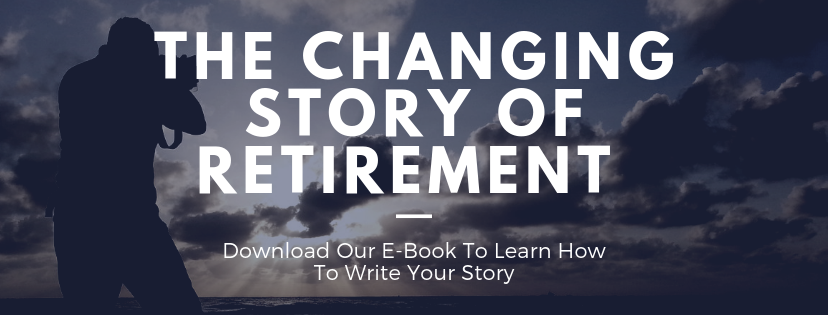Save and invest, year after year, to put the full power of compounding on your side.
Have you been saving for retirement for a decade or more? In the foreseeable future, something terrific is likely to happen with your IRA or your workplace retirement plan account. At some point, its yearly earnings should begin to exceed your yearly contributions.
Just when could this happen? The timing depends on several factors, and the biggest factor may simply be consistency – your ability to keep steadily investing and saving. The potential for this phenomenon is apparent for savers who start early and savers who start late. Here are two mock scenarios.
Christina starts saving for retirement at age 23. After college, she takes a job paying $45,000 a year. Each month, she directs 10% of her salary ($375) into a workplace retirement plan account. The investments in that account earn 6% per year. Thirteen years later, Christina is still happily working at the same firm and still regularly putting 10% of her pay into the retirement plan each month. She now earns $58,200 a year, so her monthly 10% contribution has risen over the years from $375 to $485.1
The ratio of account contributions to account earnings has tilted during this time. After eight years of saving and investing, the ratio is about 2:1 – for every two dollars going into the account, a dollar is being earned by its investments. During year 13, the ratio hits 1:1 – the account starts to return more than $500 per month, with a big assist from compound interest. In years thereafter, the 6% return the investments realize each year tops her year’s worth of contributions to the principal. (Her monthly contributions have grown by more than 20% during these 13 years, and that also has had an influence.)1
Fast forward to 35 years later. Christina is now 58 and nearing retirement age, and she earns $86,400 annually, meaning her 10% monthly salary deferral has nearly doubled over the years from the initial $375 to $720. This has helped her build savings, but not as much as the compounding on her side. At 58, her account earns about $2,900 per month at a 6% rate of return – more than four times her monthly account contribution.1
Lori needs to start saving for retirement at age 49. Pragmatic, she begins putting $1,000 a month into a workplace retirement plan. Her account returns 7% a year. (For this example, we will assume Lori maintains her sizable monthly contribution rate for the duration of the account.) By age 54, thanks to compound interest, she has $73,839 in her account. After a decade of contributing $12,000 per year, she has $177,403. She manages to work until age 69, and after 20 years, the account holds $526,382.2
These examples omit some possible negatives – and some possible positives. They do not factor in a prolonged absence from the workforce or bad years for the market. Then again, the 6% and 7% consistent returns used above also disregard the chance of the market having great years.
Repeatedly, investors are cautioned that past performance is no guarantee or indicator of future success. This is true. It is also true that the yearly total return of the S&P 500 (that is, dividends included) averaged 10.2% from 1917-2017. Just stop and consider that 10.2% average total return in view of all the market cycles Wall Street went through in those 100 years.2
Keep in mind, when the yearly earnings of your IRA or employer-sponsored retirement plan account do start to exceed your yearly contributions, that is not a time to scale back your contributions. Your retirement account will not do all your retirement saving work for you at that point; you still need to keep the momentum of your saving effort going – and maintaining it will assist the compounding.
Creekmur Wealth Advisors may be reached at 309-925-2043 or Info@CreekmurWealth.com.
This material was prepared by MarketingPro, Inc., and does not necessarily represent the views of the presenting party, nor their affiliates. This information has been derived from sources believed to be accurate. Please note - investing involves risk, and past performance is no guarantee of future results. The publisher is not engaged in rendering legal, accounting or other professional services. If assistance is needed, the reader is advised to engage the services of a competent professional. This information should not be construed as investment, tax or legal advice and may not be relied on for the purpose of avoiding any Federal tax penalty. This is neither a solicitation nor recommendation to purchase or sell any investment or insurance product or service, and should not be relied upon as such. All indices are unmanaged and are not illustrative of any particular investment.
Citations.
1 - time.com/money/5204859/retirement-investments-savings-compounding/ [3/21/18]
2 - fool.com/investing/2018/05/16/how-to-invest-1000-a-month.aspx [5/16/18]



